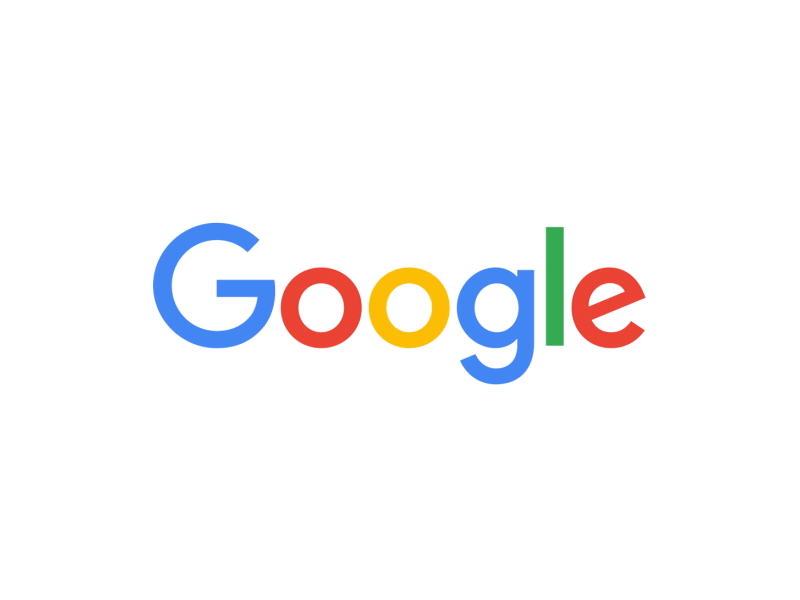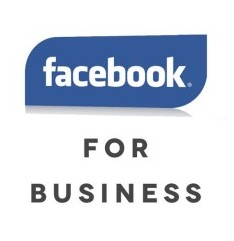It might surprise you to learn that the average internet user spends nearly 2 and a half hours on social media each day. Projections show that the average adult will spend 6 years and 8 months of their life on social media, which is frankly a little disturbing. What probably won’t surprise you is that social media advertising spend is projected to surpass $102 billion this year. That number has consistently grown, and will continue to grow, for a simple reason: it’s not only the easiest way to get eyes on your ad, but you can target your specific audience with ease using data these sites gather about their users’ interests.
There’s no question that the ubiquity and audience-tailoring capability of social media sites can be immensely valuable to advertisers, but how can you be sure it’s the right approach for your business? And, with a growing number of highly populated sites to choose from, what are your best options?
Let’s examine some of the most popular sites and see which are most likely to be useful advertising options for your business.
Despite some negative press of late, Facebook is still the gold standard of social media, with 69% of US adults having used it. Because so many people are on Facebook, it’s most useful for advertising to those who you won’t find anywhere else: namely users over 65 years of age, of whom 46% use Facebook.
For most businesses, Facebook the first place you should look to purchase ads. You can easily target by age, location, and even specific interests. B2C businesses will probably want to start here and test out other sites as their marketing budget allows.
Our article from a couple weeks ago talked about the importance of tailoring your website for the mobile crowd. That’s also true of your advertising approach: when we examine the demographic info of our clients in Google Ads, we typically find that the majority of impressions and clicks occur on mobile devices.
Although the age range on Instagram is certainly narrower than on Facebook, it’s popular even among people between 30-49 years of age, with nearly half of them regularly logging in. It’s also owned by Facebook, so you’ve got all the data they collect to use in targeting your ads.
Before analyzing the profiles of clients during my work here at Market Vantage, I thought LinkedIn was essentially a site for companies searching for employees (and vice versa). I was wrong: beneath the surface there’s a boisterous community of individuals writing and sharing business-related posts. LinkedIn has 303 million active monthly users of a wide age range (encompassing that rare 30-49 demographic), and its users tend to be college graduates making over $50,000 annually.
It makes sense that LinkedIn is responsible for an eyewatering 80% of B2B leads from social media! If you want to target specific roles within certain types of businesses, LinkedIn is the answer. There’s no better site for targeting to businesses, white collar professionals, or college graduates in general.
Twitter has made sponsoring a tweet incredibly easy, which might suggest that the market would be saturated by constant low-effort ads, but that’s not actually the case. There are some features of their advertising platform that make them especially attractive: most importantly, you only pay when your campaign is successful. For example, you’re only charged for the followers you gain while running a followers campaign.
Twitter also has a unique system of keyword targeting that allows you to advertise directly to people who have tweeted specific terms or hashtags. That makes them ideal for companies searching for customers who aren’t just interested in what they offer, but who are already discussing it.
Pinterest is a bookmarking site, and it’s unique among the aforementioned social mediums in that its users are often logging in for the express purpose of shopping: 90% of users say Pinterest helps them decide what to purchase, and 66% buy something after seeing a brand’s posts.
Pinterest also captures a unique demographic: while only 15% of men have accounts, it is used by 42% of women. Depending on your business, that could make it a better option than any other site.
Navigating Social Media Advertising
There are far more options than I’ve listed here, but I hope the above information will help you to figure out what sites will be most useful for your online marketing.
Setting up, running, and monitoring the performance of advertisements is a whole different beast. For that, you may want to enlist the services of an ad agency (like yours truly).





